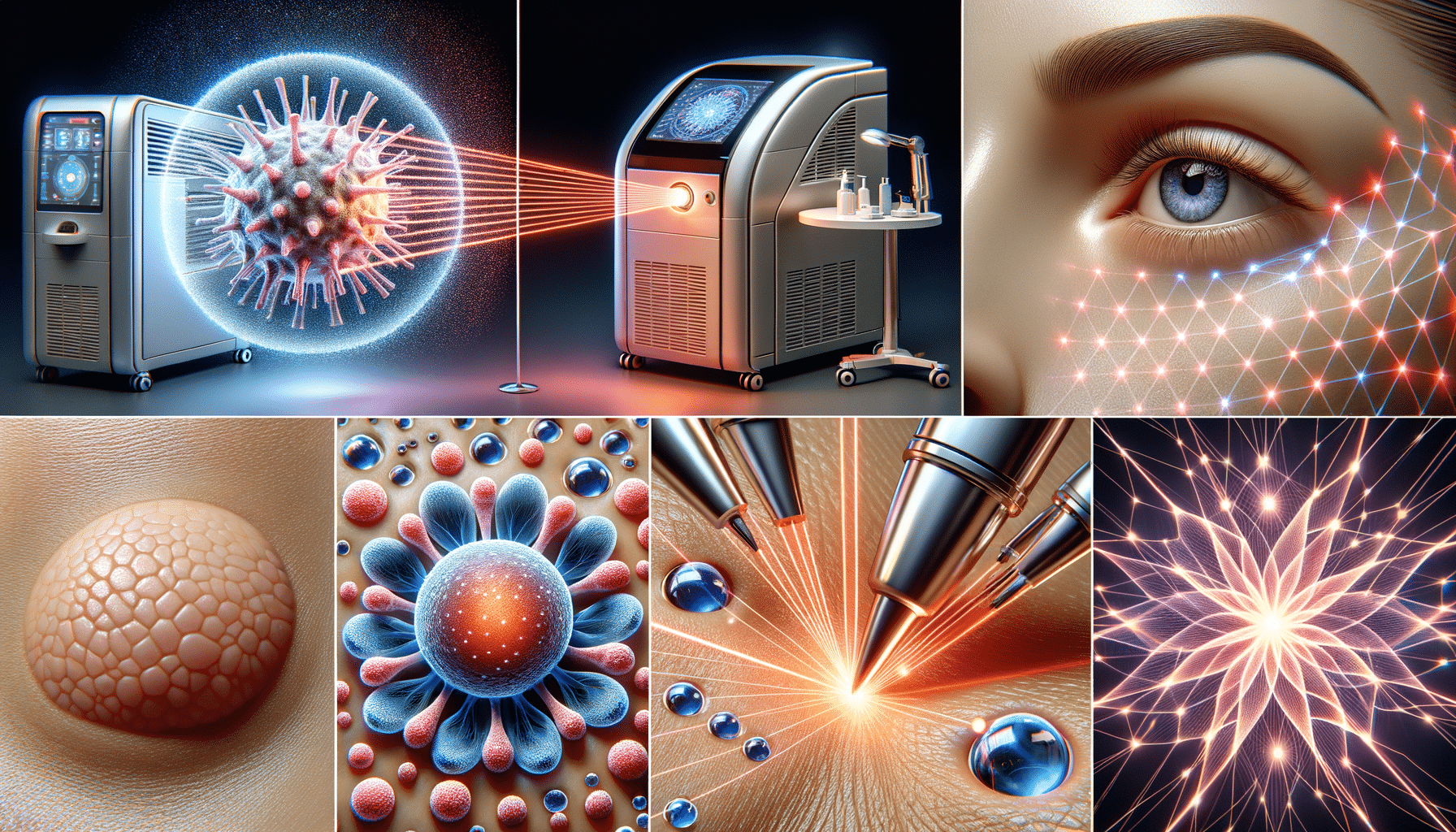
Laser Skin Treatment Guidelines 2025: Navigating the Future of Skincare
Introduction to Laser Skin Treatment in 2025
The world of skincare is continuously evolving, and laser skin treatments are at the forefront of this transformation. As we step into 2025, understanding the guidelines for laser skin treatments is crucial for both practitioners and those seeking these services. Laser treatments offer solutions for a variety of skin concerns, from reducing wrinkles to treating acne scars. With advancements in technology, these treatments have become more accessible and effective, making them a popular choice for many. This article explores the latest guidelines, ensuring you are informed and prepared for what the future holds in laser skincare.
Understanding the Different Types of Laser Treatments
Laser skin treatments encompass a range of procedures, each designed to address specific skin issues. Understanding these types is essential for selecting the right treatment. Among the most common are ablative and non-ablative lasers. Ablative lasers, such as CO2 and Erbium lasers, work by removing the outer layers of skin, promoting collagen production and new skin growth. These are often used for deep wrinkles and severe sun damage. On the other hand, non-ablative lasers, like Nd:YAG and Alexandrite, target the deeper layers of the skin without damaging the surface, making them suitable for minor wrinkles and pigmentation issues.
Recent advancements have introduced fractional lasers, which divide the laser energy into thousands of tiny beams to treat a fraction of the skin at a time. This approach results in faster healing and less downtime. Another innovative option is the picosecond laser, known for its ability to treat pigment-related issues with minimal discomfort. With so many options available, consulting with a qualified dermatologist is vital to determine the most suitable treatment for your skin type and concerns.
Safety and Efficacy: Key Considerations for 2025
As laser treatments gain popularity, safety and efficacy remain paramount. The guidelines for 2025 emphasize the importance of choosing certified professionals to perform these procedures. Proper training and experience are crucial in minimizing risks such as burns, scarring, or pigmentation changes. It is also essential to have a thorough pre-treatment consultation to discuss medical history and skin type, as these factors can influence treatment outcomes.
Moreover, post-treatment care is as important as the procedure itself. Adhering to recommended skincare routines, such as using gentle cleansers and avoiding sun exposure, can significantly enhance results and reduce the risk of complications. As technology advances, new protocols and safety measures are expected to emerge, ensuring that laser treatments remain a safe and effective option for skin rejuvenation.
The Future of Laser Skin Treatments: Trends and Innovations
Looking ahead, the future of laser skin treatments is bright, with continuous innovations on the horizon. One of the exciting trends is the integration of artificial intelligence in treatment planning, allowing for personalized and precise interventions. AI can analyze skin conditions and tailor treatments to individual needs, improving outcomes and patient satisfaction.
Furthermore, the development of hybrid lasers, which combine different wavelengths, is set to revolutionize the industry. These lasers can address multiple skin concerns in a single session, offering convenience and enhanced efficacy. As research progresses, we can also expect to see more non-invasive options that deliver results comparable to traditional methods, with minimal discomfort and downtime.
In conclusion, staying informed about the latest guidelines and advancements in laser skin treatments is essential for anyone considering these procedures. With the right knowledge and professional guidance, laser treatments can offer remarkable improvements in skin health and appearance, making them a valuable tool in the pursuit of beauty and confidence.


